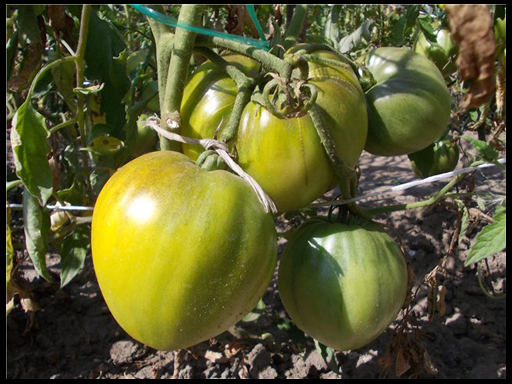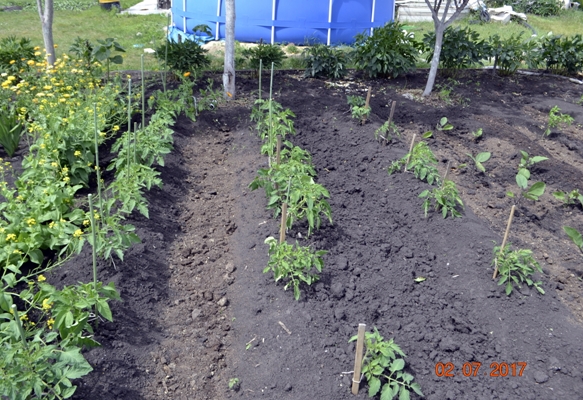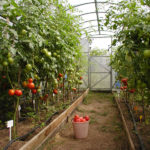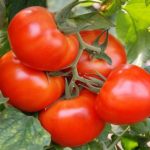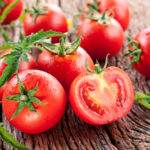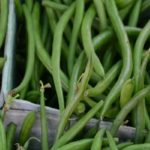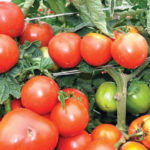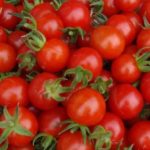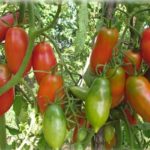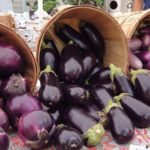Tomato King of Siberia has a big name that must be lived up to. The name indicates a clear difference between this variety and the others presented in this richest region of our country.
Data about the breeder who received this tomato as a result of his work are contradictory. The lack of information in the Register leads to the fact that data on the characteristics of this tomato variety are insignificant. The supposed author of the variety is Vladimir Dederko. After being included in the Register, reviews will appear, and there will be more data about the species.
Description of the variety
The King of Siberia is a variety that thrives both in open ground and in greenhouse conditions. His description is surprising.The tomato was bred by Siberian scientists specifically so that Russian gardeners would have the opportunity to grow excellent varieties of tomatoes in harsh climatic conditions.
In cold climates, the plant develops well and bears fruit well. In warmer regions, this king of tomatoes is also capable of producing excellent harvests. The classic height of a tomato bush of this variety is 150 – 180 centimeters.
Refers to varieties of medium ripening, standard, indeterminate. The latter concept means that the growth of the bush can be unlimited.
Another important feature that distinguishes the King of Siberia variety from similar ones is — resistance to a wide variety of diseases. The variety also resists pests, coping well with external threats.
Agricultural technicians advise growing this tomato using the greenhouse method even in the middle zone. Gartering and pinching are mandatory procedures for this type of plant. The best results were when 1 or 2 stems were formed during cultivation.
The mid-ripening of a variety is an indicator that the first harvest is possible 115 - 125 days after germination. The size of the fruit is amazing - tomatoes reach a weight of 700 grams. The average is 300 – 400 grams.
The shape of the fruit is heart-shaped. Yellow-orange hearts look beautiful and original. The pulp is very dense, despite its impressive size. The taste of tomatoes is very pleasant, sweet, full. The composition is rich in vitamins and beta-carotene.
Organizing the growing process for this variety of tomatoes means a lot. This tomato is in dire need of support and tying, because the average height of the bush is 1.5 meters. The organization of supports should be treated with special attention, especially during the process of formation and ripening of fruits.The weight under which the branches continue to grow may become unbearable, and the plant will break. It is important to provide timely assistance to the bush and install additional supports.
Another advantage of this variety is its immunity to pests and diseases. The most common problems that gardeners have to face:
- tobacco mosaic;
- Alternaria blight;
- cladosporiosis;
- late blight
Resistance to the diseases described above helps maintain the ecological purity of each fruit, because the gardener is spared the need to regularly treat bushes and fruits with chemicals designed to protect the plant from diseases.
In accordance with the name, we can conclude that this variety should presumably be grown in the Siberian region, but it is successfully cultivated in the Urals and the Far East. In the middle zone, agricultural technology in combination with excellent climatic conditions allows you to get even better results.
The King of Siberia tomato variety can be consumed in different ways. This is an ideal product for fresh use, as part of salads, first and second courses. The only area of culinary where this variety cannot fully express itself is preservation.
Due to the fairly large size of yellow hearts, it is not possible to seal them in jars. Extracting juice is not recommended: the fruits contain too little moisture, which is necessary for distilling the juice.
Planting seeds
Growing tomatoes begins with sowing seeds for seedlings. This must be done in advance, in the first half of March.For the most part, the planting process is no different from planting seeds of other varieties, so you can sow all the material in one or two steps.
The main stages of planting seedlings are as follows:
- Soil preparation. Pre-prepared soil is treated with a weak solution of potassium permanganate, compacted a little and left overnight in a warm place. You should not plant seeds in soil just brought from the balcony or garage.
- Landing. The top layer of the planting should be mulched with 1 centimeter of the soil used for planting or peat, and then lightly sprayed with warm water or use a sieve. Such precautions are necessary to ensure that the substrate does not erode and the seeds are not damaged. If they remain open, they will not sprout.
- Germination. A high-quality process is characterized by conditions that are as close as possible to greenhouse conditions. To do this, cover the container with the seeds with film and send it to a warm place where the air temperature is at least +25 °C. There the container remains until the first shoots appear. After this, the film should be removed and the container placed on the windowsill.
- Growing seedlings. During the first week after germination, the temperature should not be too high. It is better to lower it altogether to +15 °C. This measure will help the sprouts become stronger and avoid stretching. In the future, the seedlings should be kept at room temperature.
- Picking. This procedure is carried out as soon as the plant has formed two true leaves.
All you need to think about in the future is timely watering and avoiding drafts. You can lightly feed the seedlings with a complex of several fertilizers; the composition should be complementary.Before planting in the ground, it is necessary to begin hardening off the plants. The optimal period is 7–10 days before moving into the soil.
Landing in the ground
Tomato seedlings of the King of Siberia are planted in the ground no earlier than the plant has 5–7 leaves. It’s great if you have one flower brush. Many people note that quite often seedlings begin to bloom even before planting in the ground.
Once the bushes reach 55–60 days of age, you can think about planting them in open ground. The planting scheme can be considered optimal if a distance of at least 0.5 m is provided between plants.
The formed bush should ultimately have 1 or 2 stems. The second stepson should be obtained from the stepson that was formed under the very first brush.
All other stepsons are removed in a timely manner, without waiting for them to outgrow. During the entire growing season, the bushes are fed; fertilizers should be mineral, water-soluble, and complex. This is the best option for enriching the substrate with microelements that are beneficial for each plant.
Watering the plants should be done several times a week with warm, preferably settled water. The ideal time for watering is evening. This requirement is associated with the risk of burns on the foliage. This can happen when water enters during periods of active sun.
In addition to feeding and watering, tomatoes need timely weeding and loosening. Oxygen reaching the root system is necessary. With proper care, one bush can produce at least 5 kilograms of delicious tomatoes per season - a fairly high yield.
This is interesting
Tomato variety King of Siberia can be found on sale under different brands. It is sold by three well-known agricultural companies, offering a very similar description of the variety:
- Altai seeds.The tomatoes offered by this manufacturer are clearly indeterminate. The leaves are of normal shape, the fruits are yellow and quite large.
- Aelita. The seeds of this company will “give” the gardener a tall plant, the growth rate of which is around 1.5 m. The leaf shape is large, reminiscent of a potato leaf. The quality of the fruit is excellent, its shape is heart-shaped, and its color is yellow-orange.
- Siberian garden. Offers a determinate variety, plant height no more than 1.5 m. The fruits are very large, orange. Their weight on the lower hands can reach 1 kilogram.
It is interesting that even with the same name, plants grow from seeds that are completely different from each other.


